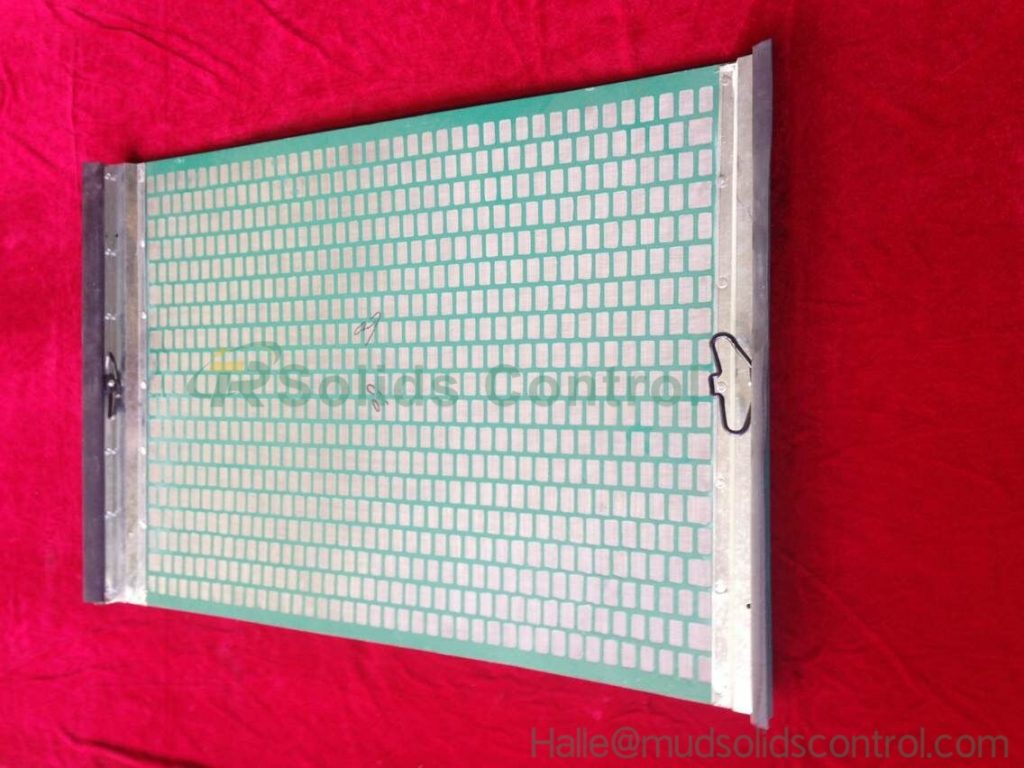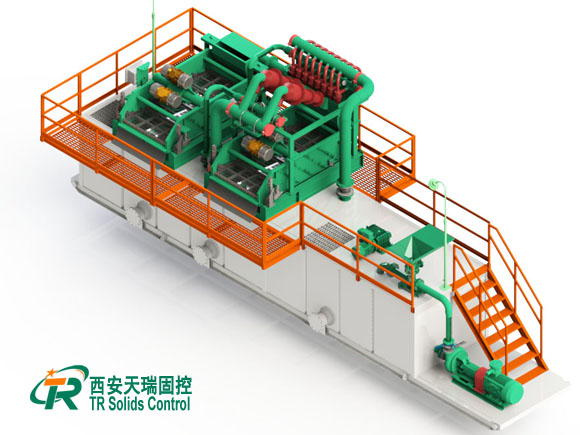Optimizing Drilling Efficiency: The Critical Role of Shaker Screen Specifications
In the demanding environment of modern drilling operations, efficiency and reliability are paramount. At the heart of the solids control system lies the essential Shale Shaker Screen, a component whose performance directly impacts overall productivity and cost-effectiveness. The primary function of this critical screen is to separate drilling cuttings from the valuable drilling fluid, ensuring the mud can be recirculated while efficiently discharging solids. Selecting the correct Shaker Screen is not merely a maintenance task; it is a strategic decision that influences the entire drilling process, from the health of downstream equipment to the overall wellbore stability and environmental compliance.

The performance of a Shale Shaker Screen is fundamentally dictated by its specifications, with mesh count and screen layering being the most crucial factors. A higher mesh count indicates finer filtration, ideal for weighted muds where retaining barite is essential, while a lower mesh count is used for rapid removal of larger cuttings. Furthermore, screens are available in single, dual, or triple-layer configurations, each designed for specific separation challenges.
Beyond mesh and layering, the structural integrity and material composition of the Shaker Screen are vital for durability in harsh conditions. Screens are constructed from high-strength stainless steel or polyurethane materials, with the latter offering excellent abrasion resistance and a longer service life. The bonding agent used between the mesh layers and the frame must withstand constant vibration and corrosive drilling fluids. A robust Shaker Screen minimizes the frequency of screen changes, reduces downtime, and provides consistent, reliable performance even under high solids-loading conditions, directly contributing to lower operational costs.
Ultimately, a thorough understanding of Shaker Screen specifications is a powerful tool for any drilling engineer or operator. By carefully matching the screen’s mesh, construction, and material to the specific drilling fluid properties and formation characteristics, companies can achieve superior solids control.






Leave a Reply